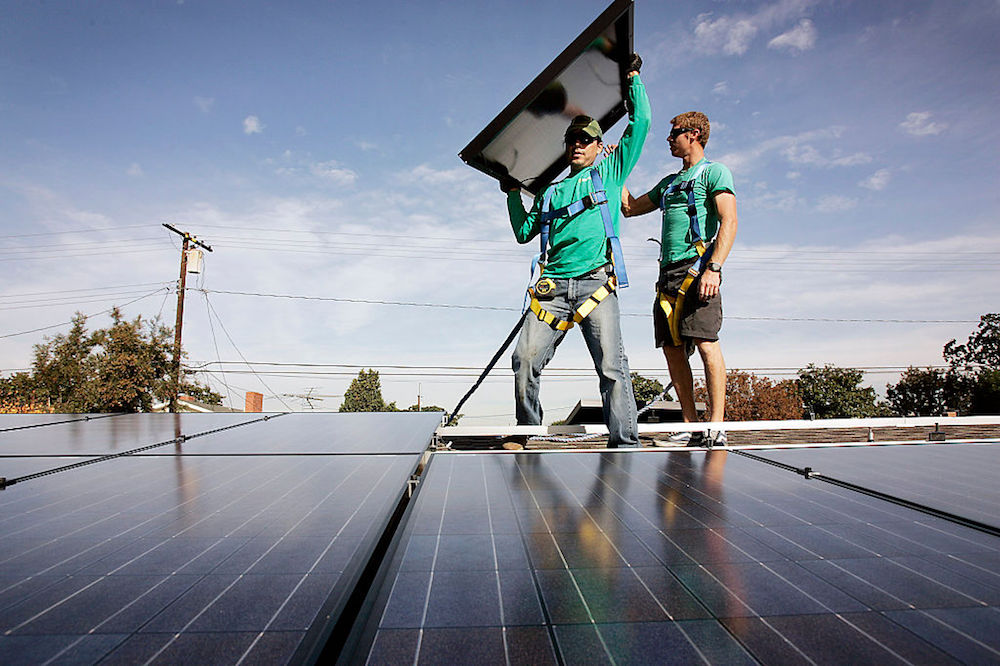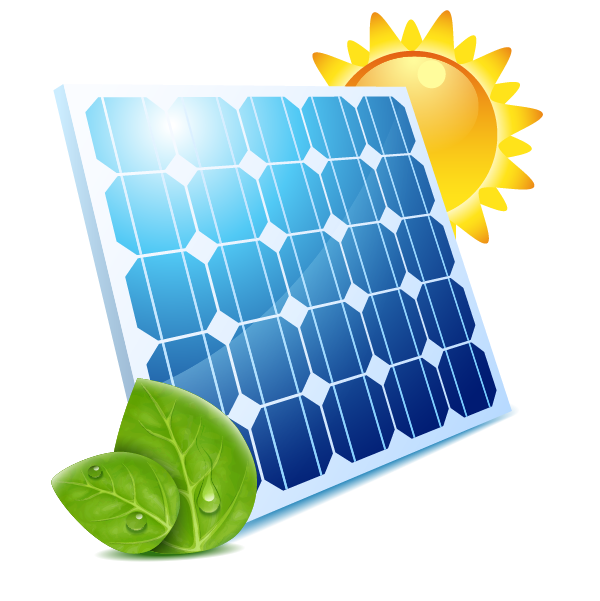Solar energy is becoming one of the most popular ways for households to cut electricity costs and reduce their carbon footprint. With the rise of DIY solar kits available online and in hardware stores, many people are tempted to take the installation into their own hands.
Solar energy is becoming one of the most popular ways for households to cut electricity costs and reduce their carbon footprint. With the rise of DIY solar kits available online and in hardware stores, many people are tempted to take the installation into their own hands.

DIY (Do-It-Yourself) solar kits are pre-packaged systems that include solar panels, inverters, charge controllers, batteries (optional), and all the wiring needed to generate solar power. These kits are designed for homeowners, campers, RV users, or anyone looking for an affordable way to start using solar energy.
They usually come in different sizes:
Before diving into the safety concerns, here are the advantages:
While DIY solar kits seem convenient, safety should be your top priority. Here are the key risks to consider:
Solar panels generate electricity even when they’re not connected to anything. Incorrect wiring or poor-quality cables can cause shocks, fires, or short circuits.
Improper mounting can damage your roof, leading to leaks or accidents during storms. Panels must be securely installed to withstand wind, rain, and snow loads.
Many local governments require solar systems to meet electrical codes and safety standards. DIY installations may not pass inspections, making them illegal or uninsurable.
Some kits include lithium-ion or lead-acid batteries. If not handled properly, these batteries can overheat, leak, or even explode.
Loose connections or poor-quality components can overheat and increase the risk of electrical fires.
DIY solar kits can be safe if:
For whole-home solar systems, it’s best to hire a certified installer. Professionals ensure:

DIY solar kits can be a fun, cost-saving, and eco-friendly solution for small-scale energy needs. They’re generally safe for powering RVs, boats, or off-grid cabins if used correctly.